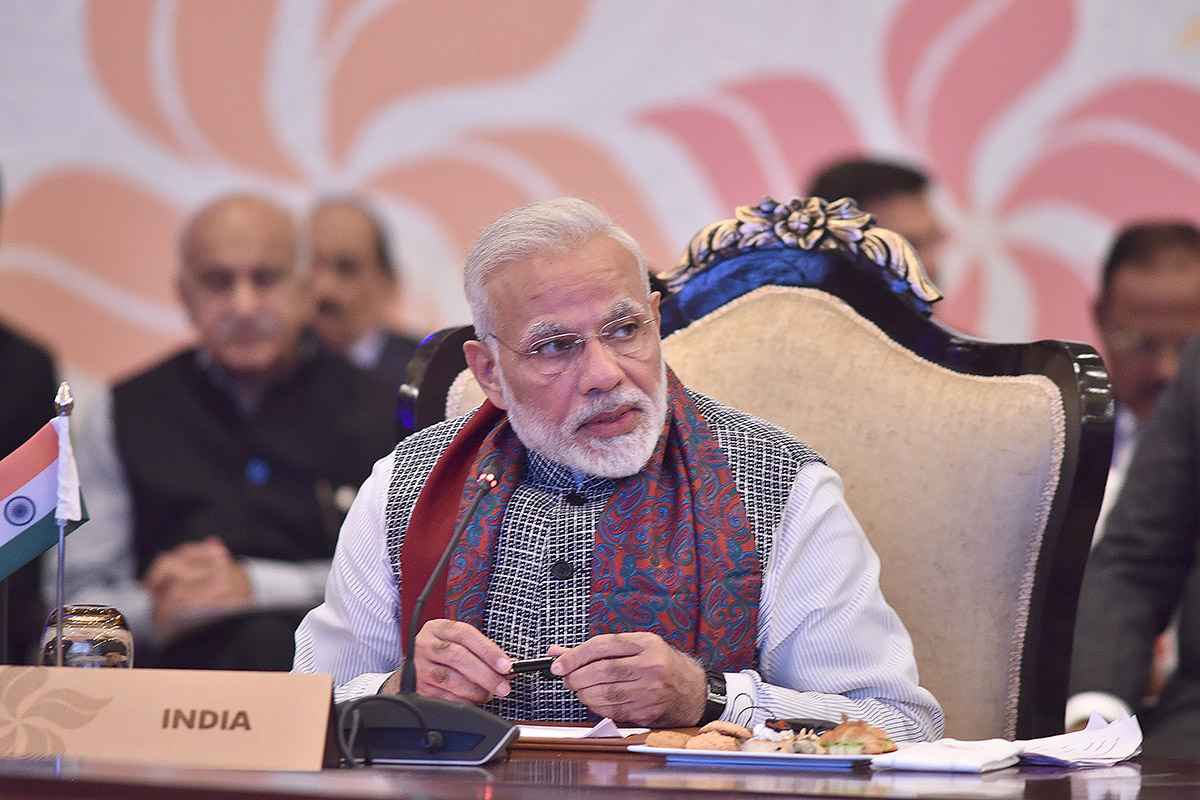Earlier this month, the National Research Development Corporation (NRDC) in India was tasked by the Indian government to build a technology data bank. This project will be overlooked by India’s Department of Science and Technology (DST) and will be a part of the ASEAN-India Innovation Platform. The proposed data bank will link existing data banks of available technologies in the ASEAN region.
The NRDC is a body established by the Indian government in 1953 to promote, develop and commercialise technologies in India. The NRDC has been responsible in finding new technologies being developed by a range of different communities in India, from universities to indigenous communities, and making such technologies available in the commercial market. On top of that, the NRDC provides technological and financial support to promote research and development of new technologies.
The announcement of India developing an ASEAN-wide data bank may sound unusual but considering the relationship between the two entities, it should not be surprising news. India’s assistance in developing the data bank is just an example of how well the relationship between India and ASEAN has developed, especially in the field of technology and innovation.
India’s collaboration with ASEAN in efforts of developing science and technology have been going on for over 20 years now. The relationship was first established in 1996, when ASEAN and India established the ASEAN India Science and Technology working group. Initially, the science and technology projects undertaken by the two countries were funded through an ASEAN India Fund, but in 2008, a dedicated ASEAN India Science and Technology Development Fund was founded.
Later in 2015, Prime Minister of India, Narendra Modi reignited this relationship by launching the ASEAN-India Innovation Platform, saying that it will “…facilitate commercialisation of low cost technologies, technology transfer and collaborative research and development.” 
The ASEAN-India Innovation Platform is largely coordinated by India but is aimed to be beneficial to all. The ASEAN-India Innovation Platform covers three scopes, social innovation coordinated by the National Innovation Fund, India, research innovation coordinated by the NRDC, and product and industry innovation coordinated by the Federation of Indian Chambers of Commerce Industry.
Developments by the ASEAN-India Innovation Platform has been slow since its inauguration but the introduction of the data bank is hopefully a promise of more things to come.
The data bank aims to compile information on technologies available in ASEAN and India under a single platform to make it easier for entrepreneurs and businesses to obtain information about technologies available in the ASEAN region and India.
“We have been given the responsibility of bringing whatever technologies are available in India and ASEAN on one platform and make it available for commercialisation for Indian as well as ASEAN entrepreneurs,” said Dr. H. Purushotham, chairman and managing director of the NRDC.
Proper details about the development of the data bank has yet to be released to the public. However, a database which collects information about technologies in ASEAN and India could prove to be useful, especially in transfer of technology and knowledge. India has a burgeoning tech industry and an established IT industry. According to the National Association of Software and Services Companies (NASSCOM) the IT sector in India generated revenues worth US$160 billion in 2017. ASEAN could benefit a lot from India’s expertise in this sector. ASEAN could also benefit from the ASEAN-India Research and Training fellowship for researchers that’s being offered under the ASEAN-India Innovation Platform.
Aside from that, the data bank could be useful in promoting local companies and could help local tech businesses to flourish. With technology these days being dominated by imports from China, Japan and Korea, the development of local tech industries could lessen ASEAN countries’ dependence on foreign tech imports.
There’s also the geopolitical aspect behind this. Modi has been cozying up to ASEAN countries to increase India’s influence in the region. India is also investing heavily in infrastructure projects around Southeast Asia. Besides that, India’s intention to court ASEAN countries to counter China’s influence has been well documented.
The initiatives launched by ASEAN and India are welcome but there should be more coming out of it. From the 20-year relationship and the number of much-publicised initiatives, concrete results are yet to be seen. Technology is an ever-growing industry and to not capitalise on it would be foolish.
